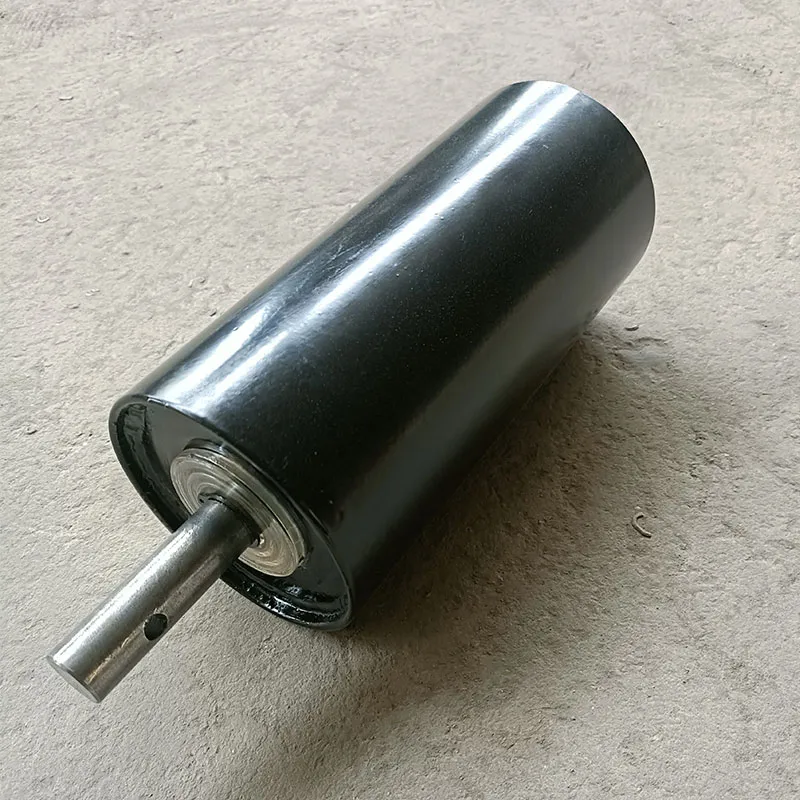 Afrikaans
Afrikaans  Albanian
Albanian  Amharic
Amharic  Arabic
Arabic  Armenian
Armenian  Azerbaijani
Azerbaijani  Basque
Basque  Belarusian
Belarusian  Bengali
Bengali  Bosnian
Bosnian  Bulgarian
Bulgarian  Catalan
Catalan  Cebuano
Cebuano  Corsican
Corsican  Croatian
Croatian  Czech
Czech  Danish
Danish  Dutch
Dutch  English
English  Esperanto
Esperanto  Estonian
Estonian  Finnish
Finnish  French
French  Frisian
Frisian  Galician
Galician  Georgian
Georgian  German
German  Greek
Greek  Gujarati
Gujarati  Haitian Creole
Haitian Creole  hausa
hausa  hawaiian
hawaiian  Hebrew
Hebrew  Hindi
Hindi  Miao
Miao  Hungarian
Hungarian  Icelandic
Icelandic  igbo
igbo  Indonesian
Indonesian  irish
irish  Italian
Italian  Japanese
Japanese  Javanese
Javanese  Kannada
Kannada  kazakh
kazakh  Khmer
Khmer  Rwandese
Rwandese  Korean
Korean  Kurdish
Kurdish  Kyrgyz
Kyrgyz  Lao
Lao  Latin
Latin  Latvian
Latvian  Lithuanian
Lithuanian  Luxembourgish
Luxembourgish  Macedonian
Macedonian  Malgashi
Malgashi  Malay
Malay  Malayalam
Malayalam  Maltese
Maltese  Maori
Maori  Marathi
Marathi  Mongolian
Mongolian  Myanmar
Myanmar  Nepali
Nepali  Norwegian
Norwegian  Norwegian
Norwegian  Occitan
Occitan  Pashto
Pashto  Persian
Persian  Polish
Polish  Portuguese
Portuguese  Punjabi
Punjabi  Romanian
Romanian  Russian
Russian  Samoan
Samoan  Scottish Gaelic
Scottish Gaelic  Serbian
Serbian  Sesotho
Sesotho  Shona
Shona  Sindhi
Sindhi  Sinhala
Sinhala  Slovak
Slovak  Slovenian
Slovenian  Somali
Somali  Spanish
Spanish  Sundanese
Sundanese  Swahili
Swahili  Swedish
Swedish  Tagalog
Tagalog  Tajik
Tajik  Tamil
Tamil  Tatar
Tatar  Telugu
Telugu  Thai
Thai  Turkish
Turkish  Turkmen
Turkmen  Ukrainian
Ukrainian  Urdu
Urdu  Uighur
Uighur  Uzbek
Uzbek  Vietnamese
Vietnamese  Welsh
Welsh  Bantu
Bantu  Yiddish
Yiddish  Yoruba
Yoruba  Zulu
Zulu Understanding the Function and Design of Conveyor Drum Pulleys in Industrial Applications
Understanding the Conveyor Drum Pulley A Vital Component in Material Handling
In the realm of material handling and transportation, the conveyor belt system plays a crucial role in various industries, from mining and manufacturing to food processing and logistics. One of the essential components of a conveyor system is the conveyor drum pulley. This article aims to delve into the function, types, and significance of drum pulleys in conveyor systems.
What is a Conveyor Drum Pulley?
A conveyor drum pulley, also known simply as a pulley, is a cylindrical device that is attached to a conveyor belt. Its primary function is to change the direction of the belt movement, provide tension, and support the load. These pulleys are typically located at the ends of a conveyor system, either at the drive end or the tail end. The design and material of the drum pulley are crucial for the efficient operation of the conveyor system.
Types of Conveyor Drum Pulleys
There are several types of conveyor drum pulleys, each serving specific purposes
1. Drive Pulleys These pulleys are equipped with a motor and are responsible for driving the conveyor belt. They ensure that the belt moves at the desired speed and carries the material along the system.
2. Tail Pulleys Located at the opposite end of the drive pulley, tail pulleys help maintain belt tension and guide the belt back to the drive pulley.
3. Snub Pulleys These pulleys are used to increase the contact angle between the belt and the drive pulley, enhancing the grip and minimizing slippage.
conveyor drum pulley

4. Return Pulleys Found on the return path of the conveyor belt, return pulleys assist in guiding the belt back to the drive pulley without interfering with its movement.
Material and Design Considerations
The material used in manufacturing conveyor drum pulleys is vital for their performance and longevity. Common materials include steel, aluminum, and rubber. Steel pulleys are preferred for heavy-duty applications due to their strength and durability. On the other hand, lightweight aluminum pulleys are often used in applications where weight reduction is crucial.
The design of the drum pulley must also consider factors such as load capacity, environmental conditions, and maintenance requirements. Proper design ensures that the pulley can withstand the high stresses of operation while minimizing wear and tear.
The Importance of Conveyor Drum Pulleys
Conveyor drum pulleys play an indispensable role in the efficiency and effectiveness of conveyor systems. They contribute significantly to the overall functionality of material handling processes. A well-designed and properly maintained drum pulley system reduces wear on the conveyor belt, decreases downtime, and improves the safety of operations.
Moreover, the correct selection of drum pulleys can enhance energy efficiency. By ensuring that the belt runs smoothly and without unnecessary friction, organizations can lower operational costs and boost productivity.
Conclusion
In conclusion, conveyor drum pulleys are vital components of conveyor systems, influencing their performance and efficiency. Understanding the various types, materials, and designs of drum pulleys allows industries to optimize their material handling processes. As technology advances, innovations in pulley design and materials will continue to enhance the capabilities of conveyor systems, ensuring they meet the ever-increasing demands of modern industries. Investing in high-quality drum pulleys is paramount for any business that relies on efficient material transport, helping to streamline operations and sustain competitive advantages.
-
Revolutionizing Conveyor Reliability with Advanced Rubber Lagging PulleysNewsJul.22,2025
-
Powering Precision and Durability with Expert Manufacturers of Conveyor ComponentsNewsJul.22,2025
-
Optimizing Conveyor Systems with Advanced Conveyor AccessoriesNewsJul.22,2025
-
Maximize Conveyor Efficiency with Quality Conveyor Idler PulleysNewsJul.22,2025
-
Future-Proof Your Conveyor System with High-Performance Polyurethane RollerNewsJul.22,2025
-
Driving Efficiency Forward with Quality Idlers and RollersNewsJul.22,2025





























